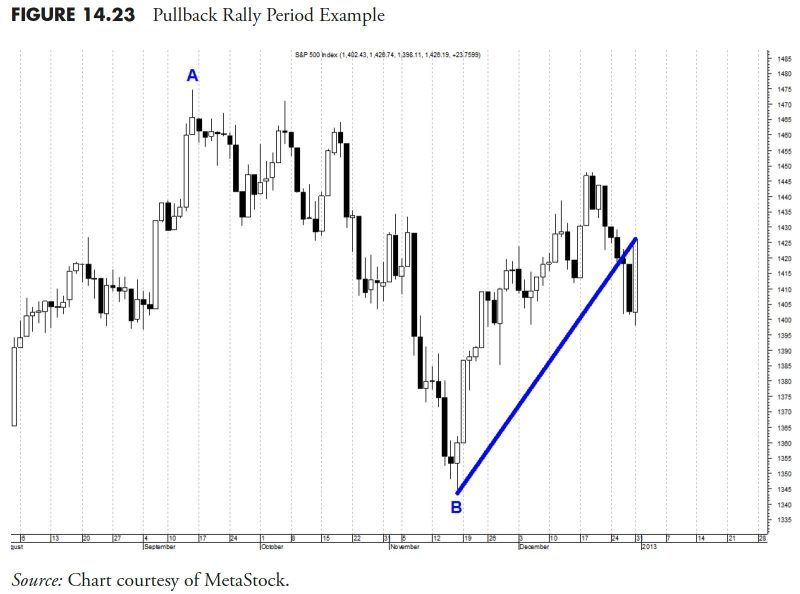
Mastering Money: Selecting, Securing, and Succeeding with Your Investments (Part 5)
Security Selection Rules and Guidelines in Money Management
In the world of money management, one of the key aspects to achieving success is through effective security selection. A thorough understanding of the rules and guidelines in security selection is paramount in managing funds and investment portfolios. By focusing on specific criteria and strategies, investors can enhance their chances of maximizing returns while minimizing risks. Let’s delve into the essential rules and guidelines for selecting securities in money management.
1. **Diversification**:
Diversification is a fundamental principle in security selection. By spreading investments across different asset classes, sectors, and geographic regions, investors can reduce the overall risk of their portfolios. Diversified portfolios are less susceptible to market volatility and specific economic conditions that may impact individual securities. The goal is to achieve a balance that generates optimal returns while lowering the correlation between assets.
2. **Risk Assessment**:
Before selecting securities, money managers must assess the risk associated with each investment. Factors such as volatility, liquidity, credit risk, and correlation with other assets should be considered. Understanding the risk profile of each security allows for informed decision-making and the ability to determine the most suitable investments based on the investor’s risk tolerance and financial goals.
3. **Fundamental Analysis**:
Fundamental analysis involves evaluating the intrinsic value of a security by analyzing financial statements, economic indicators, industry trends, and company-specific factors. By assessing the underlying fundamentals of a security, investors can determine whether it is undervalued or overvalued, providing insights into potential investment opportunities. Factors such as earnings growth, profitability, competitive positioning, and management quality are essential considerations in fundamental analysis.
4. **Technical Analysis**:
In addition to fundamental analysis, technical analysis plays a crucial role in security selection. By analyzing historical price trends, trading volumes, and chart patterns, investors can identify potential entry and exit points for securities. Technical indicators such as moving averages, relative strength index (RSI), and MACD are commonly used to assess market trends and sentiment, guiding investment decisions.
5. **Quality and Growth**:
When selecting securities, money managers often prioritize quality and growth characteristics. High-quality companies with strong balance sheets, stable cash flows, and competitive advantages are generally preferred. Additionally, focusing on companies with consistent earnings growth, revenue expansion, and market share gains can lead to long-term outperformance. Quality and growth metrics provide insights into the sustainability and potential returns of investments.
6. **Valuation**:
Valuation is a crucial factor in security selection, as it determines the price at which an investment is deemed attractive. Investors must assess whether a security is trading at a discount or premium relative to its intrinsic value. Common valuation metrics such as price-to-earnings (P/E) ratio, price-to-book (P/B) ratio, and dividend yield are used to evaluate the attractiveness of securities. By considering valuation multiples and comparing them to historical averages or industry benchmarks, investors can make informed decisions on security selection.
7. **Exit Strategy**:
Having a clear exit strategy is essential in security selection. Money managers should establish predefined criteria for selling a security, such as reaching a target price, a significant change in fundamentals, or a specific time horizon. By setting specific exit rules, investors can mitigate losses and capture profits effectively. Regularly reassessing investments and adjusting the portfolio based on changing market conditions is key to successful money management.
By adhering to these rules and guidelines in security selection, money managers can enhance their investment decision-making process and optimize portfolio performance. A disciplined approach that integrates diversification, risk assessment, fundamental and technical analysis, focus on quality and growth, valuation considerations, and a structured exit strategy is vital in achieving long-term financial objectives. Effective security selection lays the foundation for prudent money management and enables investors to navigate the complexities of the financial markets with confidence and resilience.
